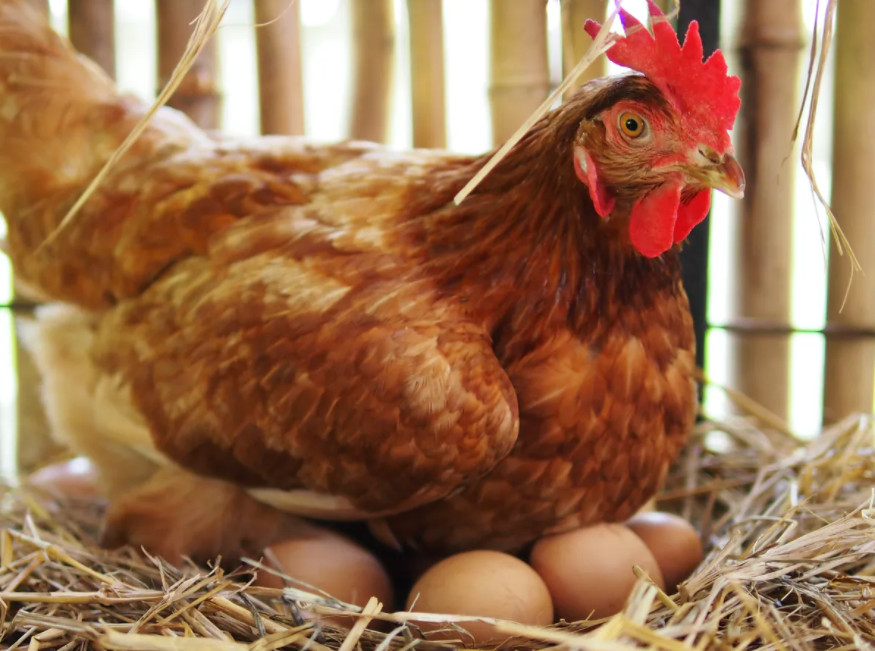Raising chickens naturally is a good way to increase the number of your flock but knowing the correct ways on hatching chicken eggs naturally helps you even more. However, some backyard farmers stray from this route for fear of ending up with multiple roosters. Still, for others, raising chickens on their own is just part of the farming experience and not that difficult to do, especially if you have a free-range hen.
Some chickens reproduce unaided and choose to sit on the eggs all day. This can be caused by instinct, hormonal changes, or the change of seasons. Encouraging this behavior will eventually lead to new chicks, but knowing what to do (and what not to do) with a breeding hen is the secret to successful breeding.
Follow these steps in hatching chicken eggs naturally
Select a breeding breed
The brood trait is something that chickens either have or don’t have. If you are committed to raising chickens naturally, select a breed like Buff Orpingtons that has a high level of breeding. However, not all Buff Orpingtons get melancholic, so you have to sit back and wait until it’s time (no pun intended). And when that day comes, your brood hen will sit, all day, in the nest box in a trance state, whistle, growl and peck at you if you try to get it out. She will only lay her eggs once a day to eat, poop, and drink. Most of the time, it will stay fluffy and perched on them.

Get the help of a rooster
Now let’s talk about the birds and the bees. To raise chickens, a rooster is first needed to do the job, as an unfertilized egg will never hatch. One rooster for every twenty hens should be enough to get many fertilized eggs. This rooster, however, will not fertilize all of the hen’s eggs. Spy on your herd and look for some mounting action. Then, you will know that chickens are in your future.
Stick With a Pure Breed
Serious chicken farmers do not allow mixed breed chickens to breed as hatching results can be highly unpredictable and possibly unfeasible. However, you can take two purebred chickens and allow them to breed. For best practices, start with a flock of a purebred variety and leave them to their own devices. For now, keep the different chicken breeds completely separate.
Let the mother do the work
Do not disturb your brood hen. She needs to feel safe and secure in her box so she doesn’t abandon her eggs and chicks. Drop the eggs and place the food and water close to her (but not so close that it hits them against her eggs). Once the chicks arrive, the mother hen is the brooding lamp, she knows what to do. Young chicks will regulate her temperature by snuggling under her, on top of her, and on her wings as needed. The family will take care of itself as long as there is food and water nearby for the mother and the babies. And if it is necessary to move the mother or the babies, do it in the afternoon or at night when she is sleepy.
Choose the best egg incubators
Inspect the incubation process
With natural hatching, failure is to be expected. Not all clouds will hatch, and even when a brooder hen travels the distance (sitting on eggs for 21 days), not all eggs will develop into viable chicks. Expect some chicks to perish, both inside the egg and after hatching. And some eggs may never hatch. To inspect the process, carefully remove any unhatched eggs four days after the first chick hatches, then sell them to see what’s inside.
Feed everyone the same food
For the first few weeks, feed both the mother hen and the chicks the same food (the chick “starter”). It is almost impossible to separate your food anyway as they are not separated from each other. You can even start feeding your brood hen the starter feed. You won’t need extra calcium when you’re not laying eggs and the high protein will help keep you healthy during incubation.
Hatching chicken eggs naturally video
Introducing the chicks to the flock
Depending on the temperament of the flock, it may be best to separate the chickens from the rest of the flock. Most field flocks get along very well and do not show any aggression towards chicks. But every experience is different, so new chicks must be carefully introduced when they are several weeks old. (And do it in the afternoon when everyone is resting.) Then keep an eye on the flock for a few days.
Enjoy the experience
There is nothing like watching a mother hen take her babies to look for food or seeing the head of a chick peeking out from between her wings. Observe the hen’s maternal instincts when she allows the chicks to walk on her, while she sits patiently, or when she runs back to the flock – hair up and cackling – when she hears the babies chirping in alarm. Being a chicken farmer is all about marveling at these highly social creatures. So enjoy the process, and then share the reward when the new chicks mature into laying hens.
See Also: